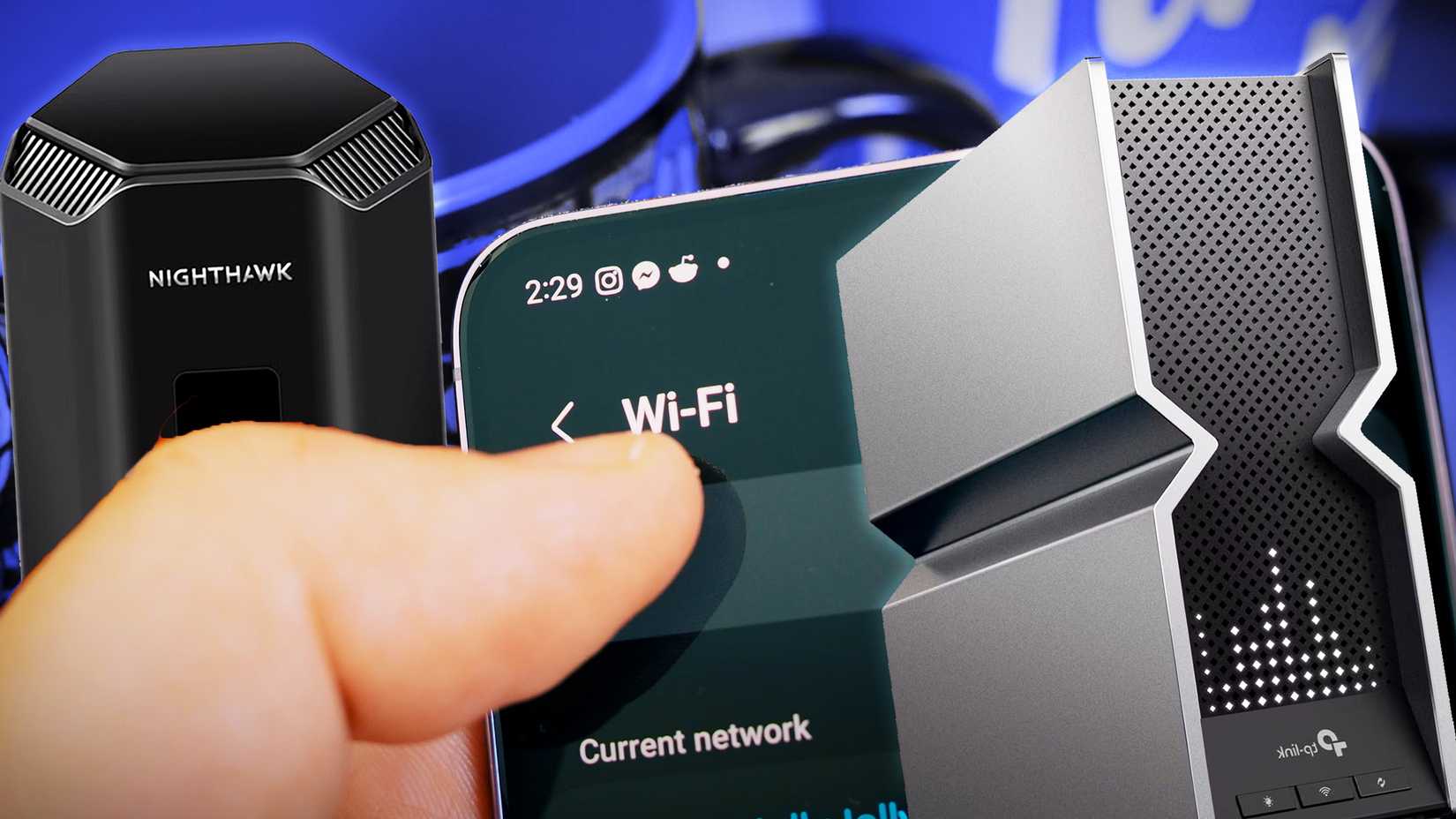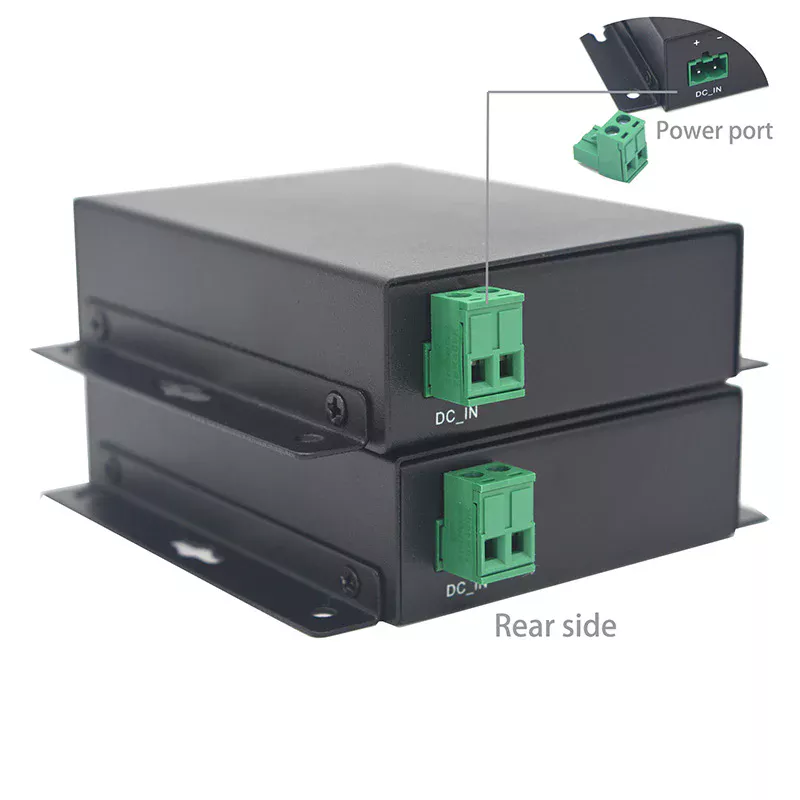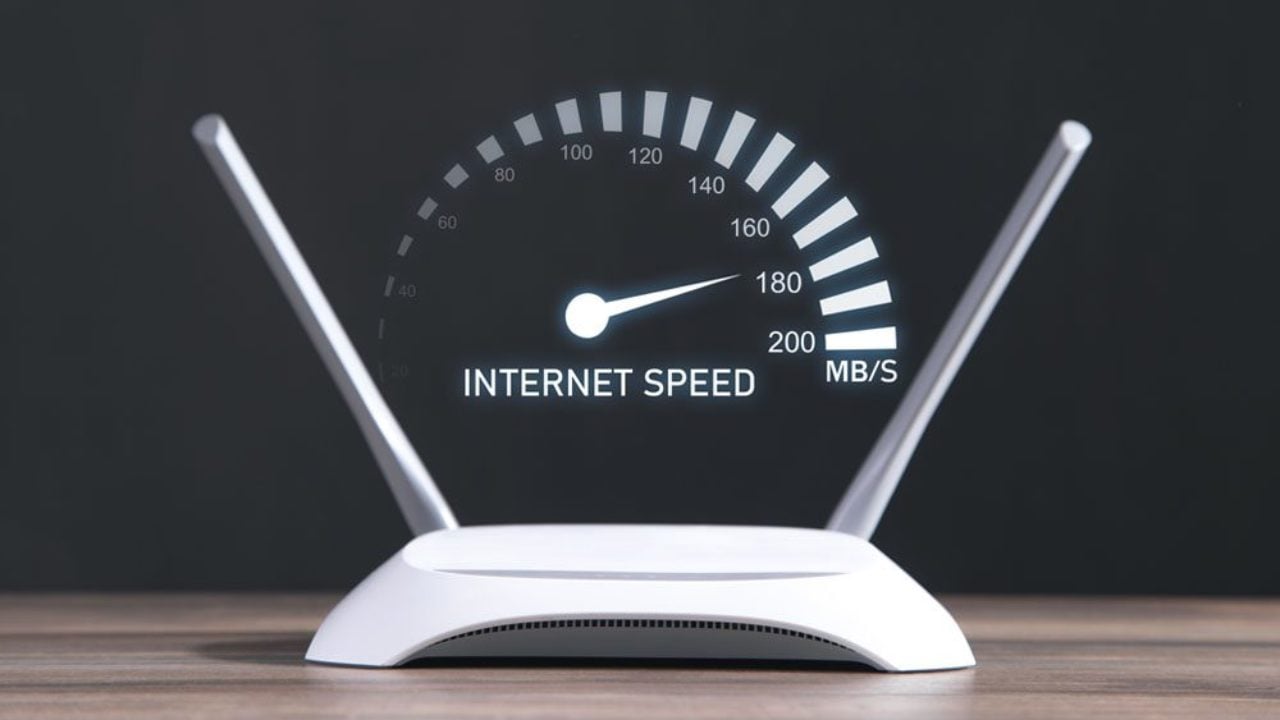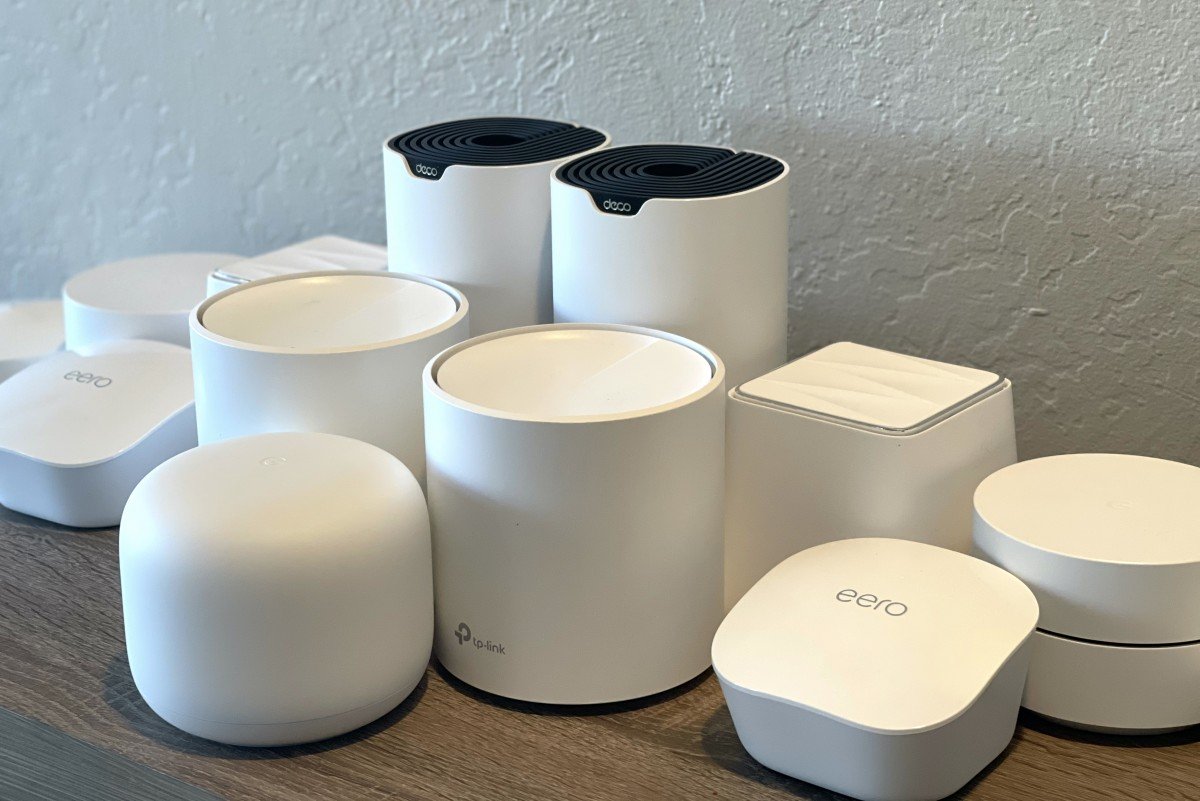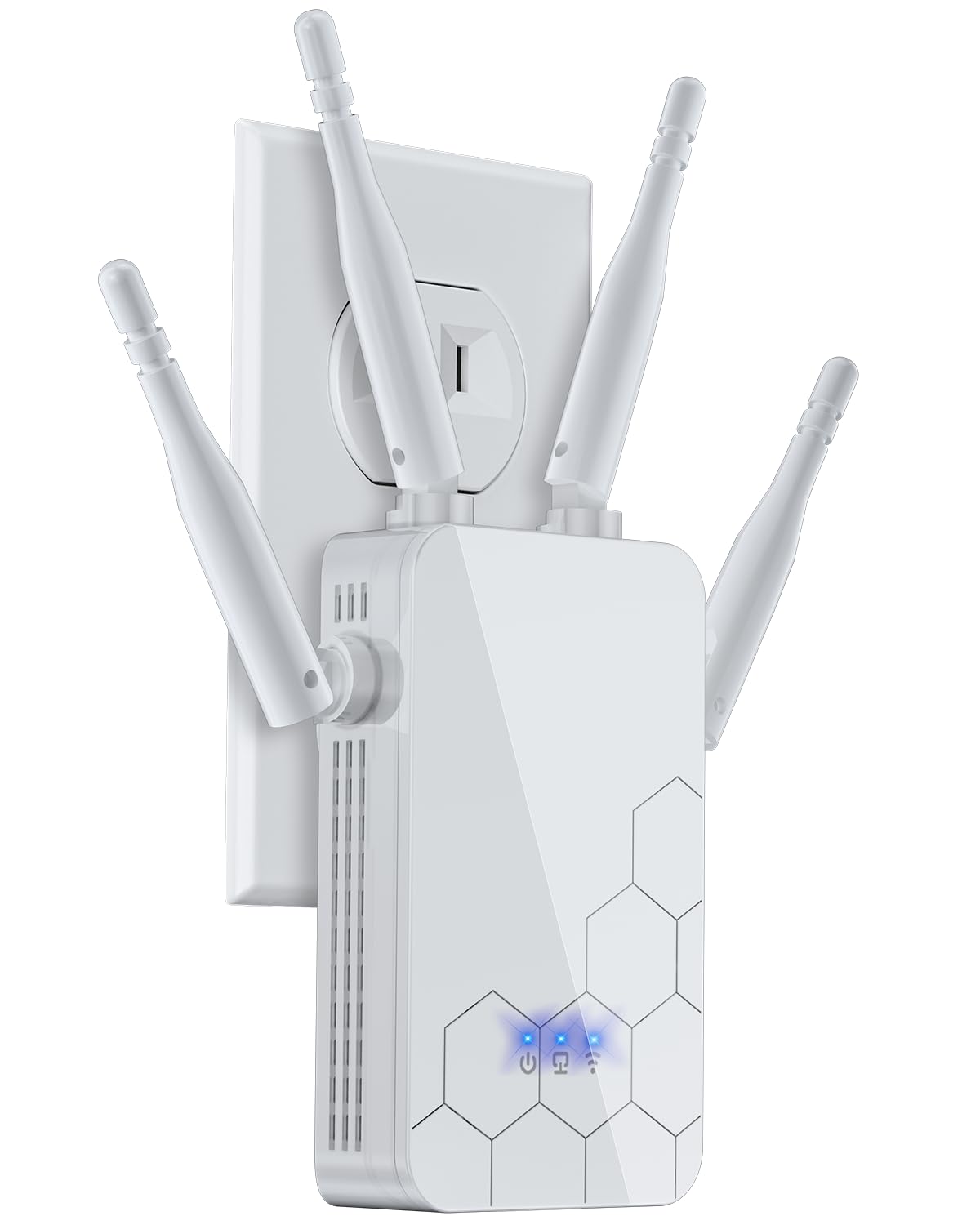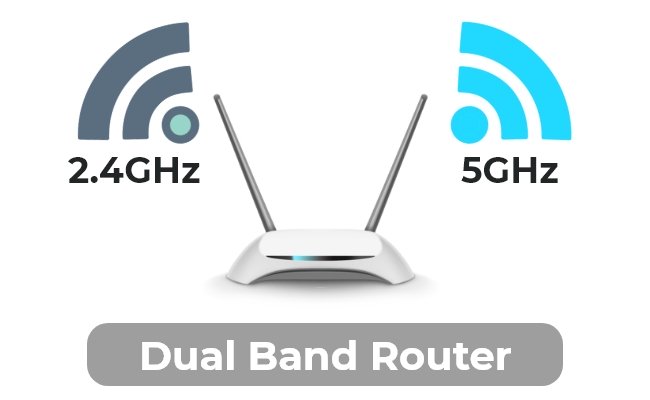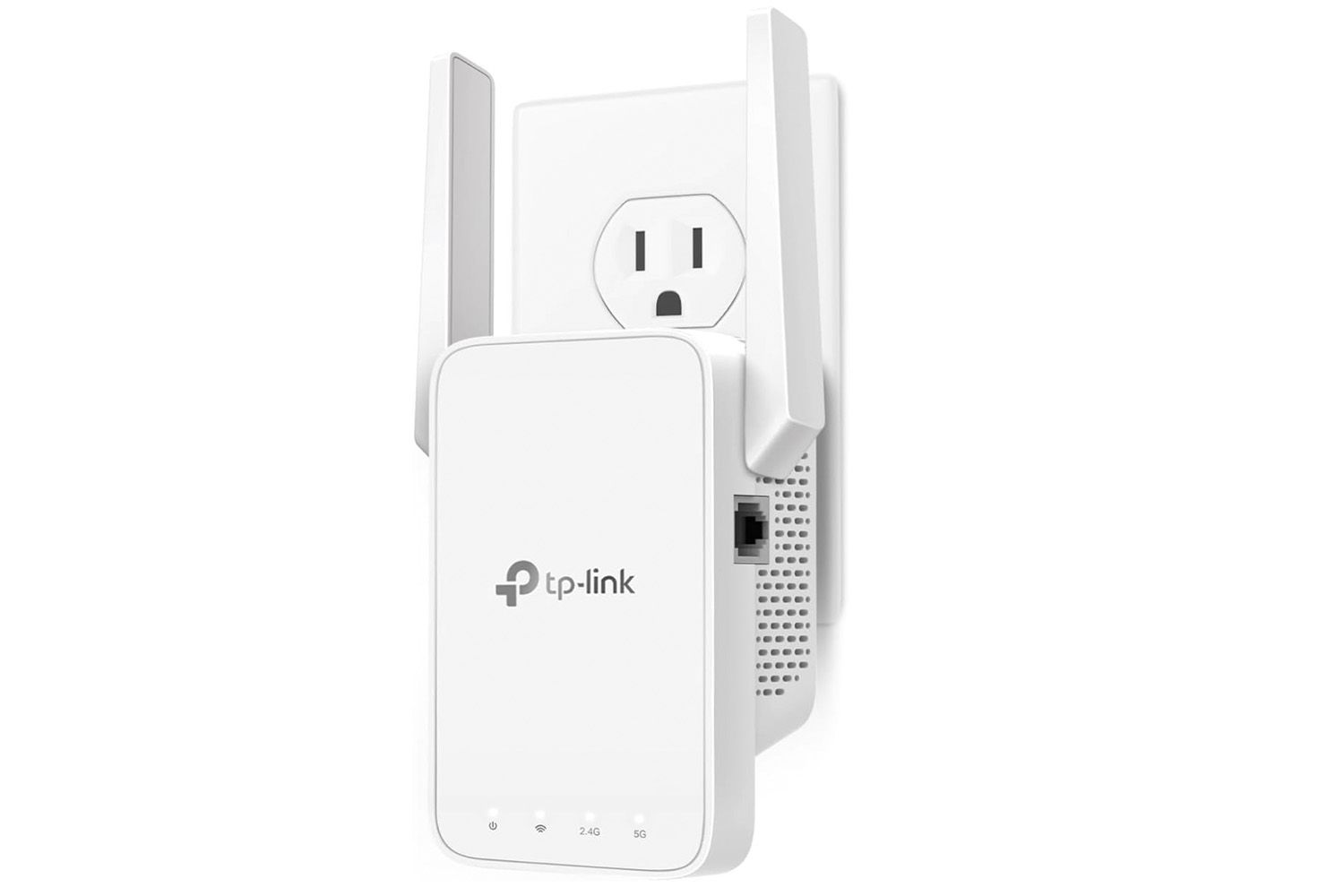Are your smart devices making your life easier but also leaving your personal information at risk? You might not realize how connected gadgets in your home could open doors to hackers or unwanted tracking.
Learning how to isolate smart devices is key to keeping your privacy intact and your network secure. You’ll discover simple and effective steps to separate your smart devices from your main network. By the end, you’ll feel confident protecting your digital space without losing convenience.
Keep reading to find out how easy it can be to take control of your smart home security.

Credit: www.youtube.com
Risks Of Unsecured Smart Devices
Smart devices connect to the internet and make life easier. Many homes and offices use them daily.
Unsecured smart devices can cause serious security problems. They can let hackers enter your network.
Common Vulnerabilities
Many smart devices have weak passwords or no updates. This leaves them open to attacks.
Some devices have poor encryption and can leak personal data. Others run outdated software.
- Default or weak passwords
- Unpatched software and firmware
- Unencrypted data transmission
- Open network ports and services
- Insecure cloud connections
Impact On Network Security
Unsecured devices can let attackers access your entire network. This puts all data at risk.
Attackers can use smart devices to spread malware. They can also spy on your activity.
- Network breaches and data theft
- Device takeover and misuse
- Spread of viruses or ransomware
- Loss of privacy and sensitive info
- Disruption of network services
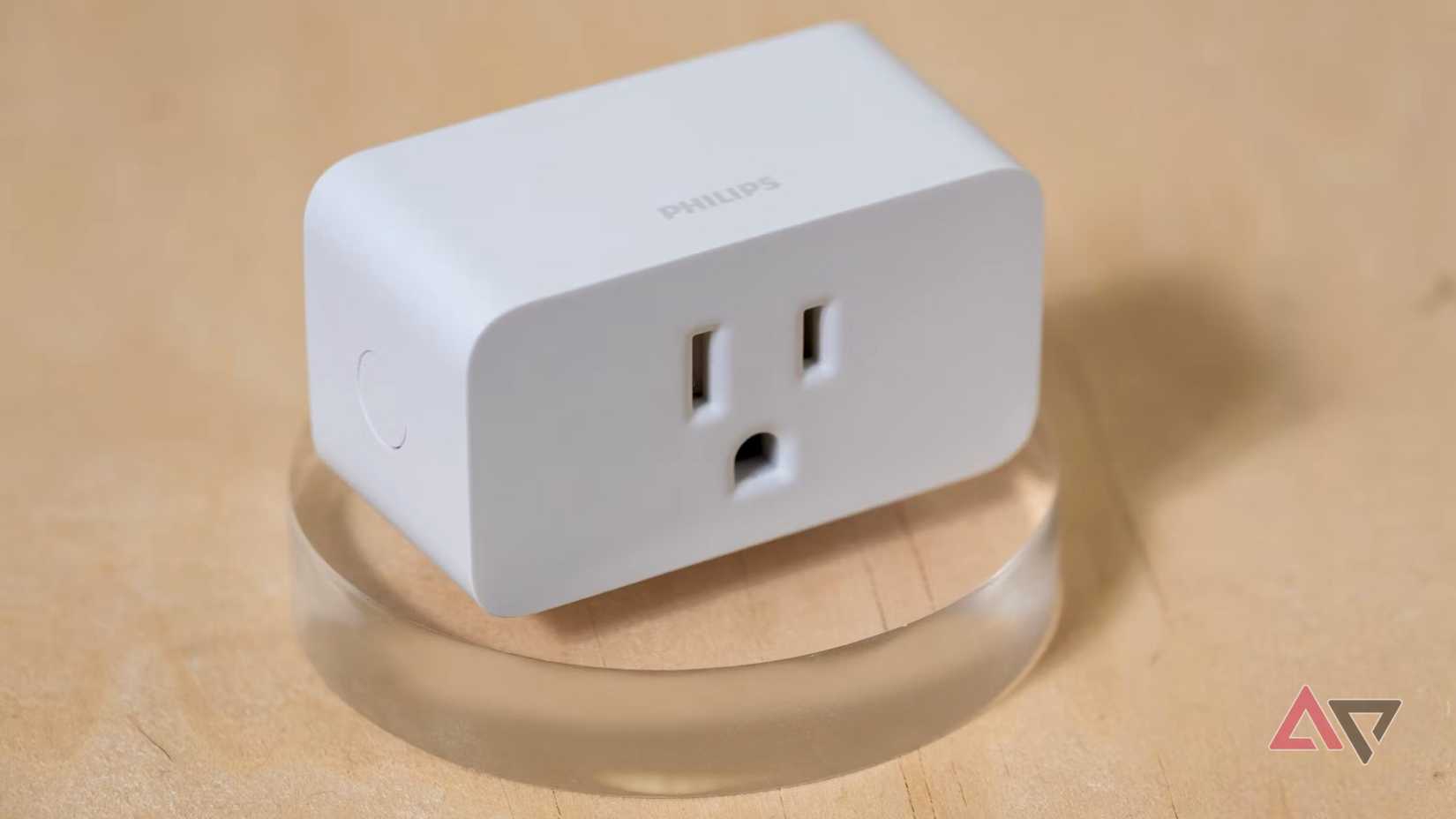
Credit: www.androidpolice.com
Benefits Of Device Isolation
Isolating smart devices means keeping them separate from other networks. This helps protect your devices and data from risks.
Device isolation improves security and makes your smart home safer. It stops threats from spreading across your network.
Preventing Unauthorized Access
Device isolation blocks hackers from reaching your smart devices easily. It creates a barrier between your devices and unknown users.
By isolating devices, you limit access only to trusted users. This reduces the chance of someone controlling your devices without permission.
- Stops outsiders from entering your device network
- Limits access to approved devices and users
- Reduces risk of spying or data theft
Limiting Damage From Breaches
If a device gets hacked, isolation keeps the problem contained. It prevents the breach from affecting other devices or systems.
This helps protect your whole network and reduces the damage caused by attacks. You can fix one device without risking the rest.
- Stops malware from spreading to other devices
- Protects sensitive data on other parts of the network
- Makes recovery from attacks faster and easier
Methods To Isolate Smart Devices
Smart devices connect to your home or office network. If they are not isolated, they can pose security risks. Isolating these devices helps protect your main network.
This guide explains simple ways to keep smart devices separate and secure.
Using Guest Networks
A guest network is a separate Wi-Fi network for visitors or smart devices. It keeps your main network safe from unknown devices.
Smart devices connected to a guest network cannot access your main devices or files.
- Create a guest network in your router settings.
- Set a different password for this network.
- Connect all smart devices to the guest network.
- Limit guest network access if your router supports it.
Creating Vlans
VLANs, or Virtual Local Area Networks, divide your network into smaller parts. Each part works like a separate network.
You can put smart devices on one VLAN and your computers on another. This stops devices from talking directly to each other.
- Use a router or switch that supports VLANs.
- Assign smart devices to their VLAN.
- Keep your main devices on a different VLAN.
- Set rules to control traffic between VLANs.
Employing Firewalls
Firewalls control what devices can do on your network. They block bad traffic and limit smart device access.
You can use firewalls in your router or as separate software to protect your network.
- Enable firewall features on your router.
- Create rules to block smart devices from sensitive parts.
- Use software firewalls on computers for extra safety.
- Monitor network traffic to spot unusual activity.
Setting Up A Guest Network
Isolating smart devices helps protect your main network. A guest network is a safe way to separate these devices.
A guest network keeps your personal data secure. It limits access for smart devices and visitors.
Configuring Router Settings
Start by logging into your router’s admin panel. Find the guest network option in the wireless settings.
Enable the guest network and set a unique name (SSID). Use a strong password to protect it.
- Turn on guest network feature
- Create a new SSID for guests
- Set a strong password
- Disable guest access to main network resources
Managing Device Access
Assign smart devices to the guest network to keep them separate. This stops them from reaching your main devices.
Limit the number of devices and check their connections regularly. Remove unknown devices to keep the network safe.
- Connect smart devices to guest network only
- Review connected devices often
- Remove devices you do not recognize
- Set time limits for guest network use if available
Implementing Vlans For Isolation
Smart devices connect to your home network. They can share data with other devices. This can cause security problems.
Using VLANs helps keep smart devices separate. It stops them from accessing sensitive parts of your network.
Vlan Basics
A VLAN is a virtual network inside your physical network. It divides devices into groups. Each group acts like a separate network.
This separation improves security. Devices in one VLAN cannot easily access devices in another VLAN. It also helps manage traffic better.
- VLAN stands for Virtual Local Area Network
- It creates isolated networks on one router
- Devices in different VLANs cannot communicate directly
- Helps protect sensitive data and devices
Configuring Vlans On Home Routers
Not all home routers support VLANs. Check your router’s manual or settings to see if VLAN features are available.
To set up VLANs, access your router’s admin page. Create a VLAN for your smart devices. Assign their IP addresses to this VLAN.
- Log in to your router’s admin interface
- Find VLAN or Network settings
- Create a new VLAN for smart devices
- Assign devices to the VLAN by MAC or IP address
- Save settings and restart router if needed
Using Firewalls To Control Traffic
Smart devices connect to your network and internet. They need careful control to stay safe.
Firewalls help block unwanted traffic and limit device access. This keeps your network secure.
Firewall Rules For Smart Devices
Create rules to allow only trusted connections for each smart device. Block all other traffic.
Set rules by device IP or MAC address. Limit access to needed services and ports only.
- Allow only local network access unless internet is required
- Block all incoming connections by default
- Permit specific ports like HTTP or HTTPS if needed
- Use separate rules for each smart device
- Update rules when devices or services change
Monitoring Network Activity
Watch your network traffic to spot unusual activity from smart devices. This helps catch problems early.
Use tools that log traffic and alert you to unknown connections or data spikes.
- Check device traffic regularly
- Look for connections to unknown IP addresses
- Notice sudden increases in data use
- Set alerts for blocked firewall attempts
- Review logs to find repeated access failures
Best Practices For Smart Device Security
Smart devices make life easier but can be targets for hackers. Securing these devices keeps your data safe.
Isolating smart devices helps stop unauthorized access. Use simple steps to protect your home network.
Regular Firmware Updates
Firmware is the software that runs your smart devices. Updates fix bugs and security issues.
Check for updates often. Set devices to update automatically if possible. This keeps your devices protected.
Strong Passwords And Authentication
Use strong passwords to protect your smart devices. Avoid easy words or common phrases.
Enable two-factor authentication if your device supports it. This adds an extra layer of security.
- Use at least 12 characters
- Mix letters, numbers, and symbols
- Do not reuse passwords
- Change default passwords immediately
Disabling Unnecessary Features
Turn off features you do not use on your smart devices. This reduces security risks.
Disable remote access and voice control if not needed. This limits points where hackers can enter.
- Turn off Bluetooth when unused
- Disable UPnP (Universal Plug and Play)
- Limit device access to your local network only
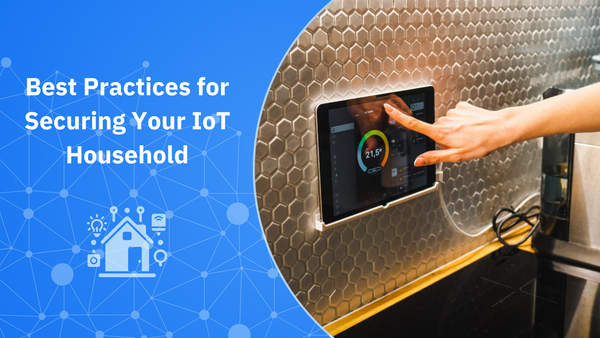
Credit: www.bitdefender.com
Tools To Monitor And Manage Devices
Smart devices connect to your home or office network. They need to be watched to stay safe.
Using the right tools helps you see and control these devices. This keeps your network secure.
Network Scanners
Network scanners find all devices connected to your Wi-Fi or wired network. They show you device details like IP and MAC addresses.
You can spot unknown or suspicious devices fast. This helps you isolate devices that may cause problems.
- Scan your network regularly to find new devices
- Identify device types and manufacturers
- Check for unauthorized connections
- Monitor device activity and network traffic
Device Management Apps
Device management apps let you control and update your smart devices from one place. You can set permissions and limits.
These apps often include alerts to warn you about unusual behavior. They make it easier to keep devices secure and isolated if needed.
- Manage device settings remotely
- Update device software and firmware
- Set access rules and block devices
- Receive security notifications
Frequently Asked Questions
What Does It Mean To Isolate Smart Devices?
Isolating smart devices means separating them from your main network. This helps protect your data and privacy. By isolating devices, you reduce the risk of cyber threats. It ensures that if one device is compromised, others remain safe. It’s a proactive measure for enhanced security.
How Do I Isolate Smart Devices On A Network?
To isolate smart devices, create a separate guest network. Use your router settings to establish this network. Connect only your smart devices to this network. Ensure your main network is used for personal devices. This separation keeps your main network secure.
Why Should Smart Devices Be Isolated?
Smart devices can be vulnerable to cyberattacks. Isolating them minimizes the risk of data breaches. It ensures that your personal information remains secure. Isolation also prevents unauthorized access to your main network. It’s a crucial step in maintaining overall cybersecurity.
Can Isolating Devices Improve Network Performance?
Yes, isolating devices can enhance network performance. It reduces network congestion by separating traffic. This can lead to faster internet speeds for your personal devices. It also ensures smart devices don’t interfere with your main network. Improved performance is a significant benefit of isolation.
Conclusion
Isolating smart devices helps keep your data safe and private. Start by creating separate networks for your devices. Use strong passwords and update software regularly. Turn off devices when not in use to reduce risks. Simple steps can protect you from hackers and unwanted access.
Stay aware and control what connects to your network. Small actions make a big difference in smart device security. Keep your home tech safe and enjoy peace of mind.
19 min read

